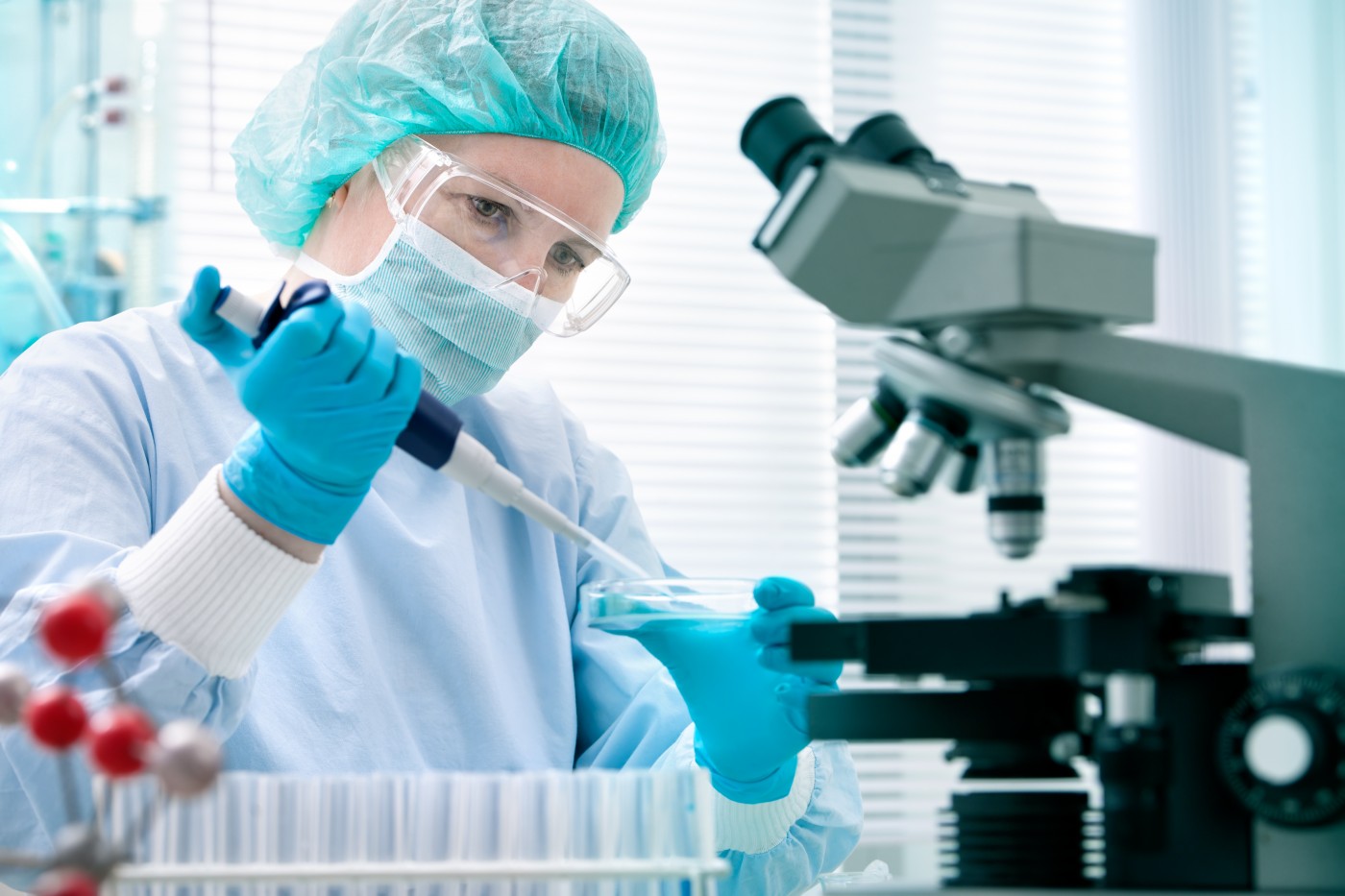Gene Found to Protect Stem Cells by Blocking Mitochondrial Activity

In a recent study, a team of scientists at the Stowers Institute for Medical Research discovered that a specific genetic locus in the DNA, Dlk1-Gtl2, plays a key role in protecting adult blood-forming stem cells, called adult hematopoietic stem cells, by inhibiting mitochondria’s metabolic activity. The study, entitled “The Dlk1-Gtl2 Locus Preserves LT-HSC Function by Inhibiting the PI3K-mTOR Pathway to Restrict Mitochondrial Metabolism,” was published in the journal Cell Stem Cell.
Hematopoietic stem cells are capable of renewing themselves but also can differentiate into all the other blood cells (white blood cells, red blood cells, platelets) in a process known as hematopoiesis. Due to their self-renewing and progenitor features, hematopoietic stem cell transplantation is used as a therapeutic for several diseases, including cancer, anemia, and immune deficiencies.
Scientists investigated the mammalian imprinted Dlk1-Gtl2 locus in hematopoietic stem cells, whose function in this specific type of stem cells was unknown (imprinted genes or genomic imprinting is an epigenetic mechanism by which certain genes are expressed in a parent-of-origin-specific manner, i.e., if a gene inherited from the father is imprinted, it means that epigenetic marks are silencing it and only the gene from the mother is expressed).
Researchers analyzed the transcriptome of 17 hematopoietic cell types and found that the Gtl2 locus expressed from the maternally inherited allele (working copy) induces the production of a mega cluster of microRNAs (non-coding RNAs) that suppress the entire PI3K-mTOR pathway. This leads to inhibition of mitochondrial biogenesis and metabolic activity, thereby protecting hematopoietic stem cells from the mitochondria reactive oxygen species (ROS) that damage adult stem cells. These findings show how metabolic activity in these cells needs to be tightly regulated and balanced, since perturbations can lead to cells abnormal proliferation and, ultimately, to disease.
“Reactive oxygen species are like the potentially harmful byproducts that come from industrial manufacturing. ROS are unavoidable derivatives of the mitochondrial metabolic process and need to be managed by the cell,” Linheng Li, PhD and the study’s lead author, said in a press release.
The findings suggest that Gtl2 is a potential biomarker for distinguishing stem cells in a dormant and active state in both normal or potentially cancerous stem cell populations, Dr. Li concluded.






